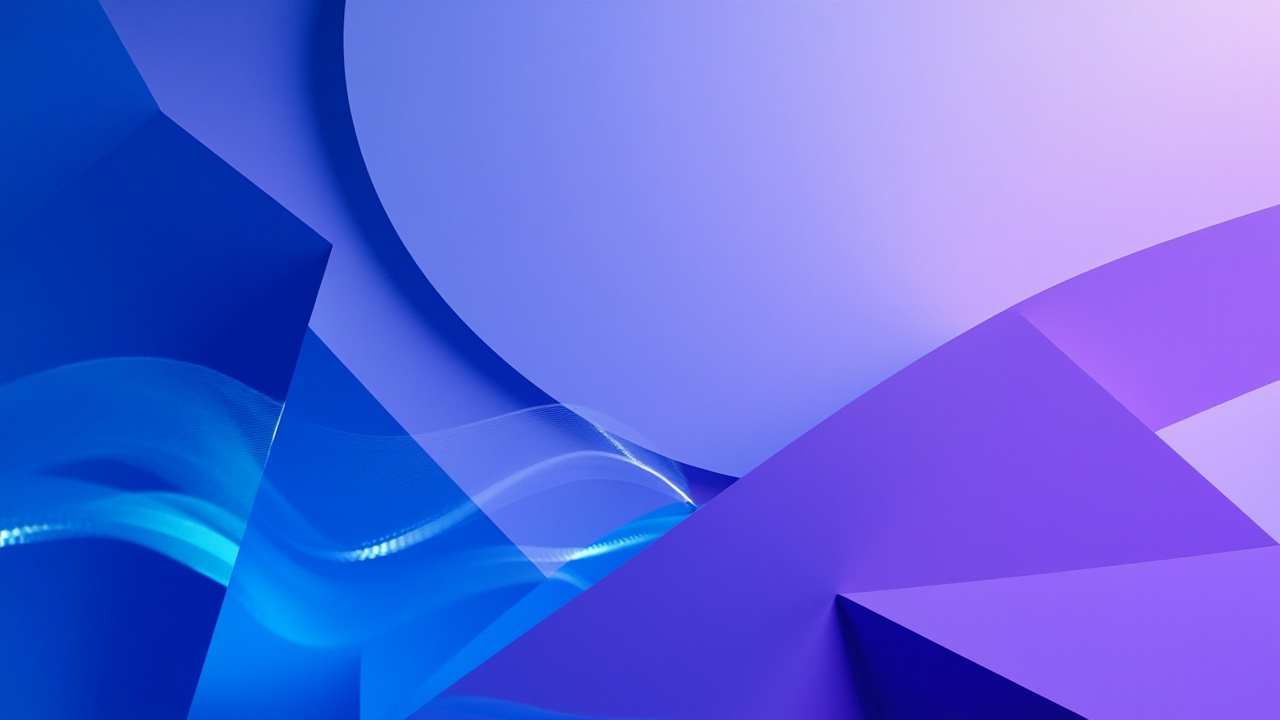Summary for MiniMax Image-01
MiniMax Image-01 positions itself as a specialized model with distinct strengths in high-fidelity rendering and atmospheric lighting, achieving a solid ranking in the Architecture & Interiors category with an impressive average score of 8.4. However, its overall performance (Score: 6.98) is tempered by a significant stylistic bias: the model consistently struggles to generate flat, 2D, or hand-drawn styles, often forcing a 3D, glossy, or cinematic look even when explicitly instructed otherwise.
Key Findings:
- ✨ Architectural Excellence: The model produces stunning, photorealistic interiors and environments with exceptional lighting.
- ☠️ Style Rigidity: It frequently fails prompts requesting Anime & Cartoon Style or Ghibli style by outputting 3D CGI renders instead of traditional 2D animation styles.
- ✍️ Text Competence: Surprisingly strong capability in rendering short, focal text (e.g., neon signs, cakes), though background text remains prone to hallucinations.
- ❓ Logic Struggles: Like many models, it faces challenges with the Ultra Hard category, particularly with complex object interactions or inversions of physics.
In-Depth Analysis of MiniMax Image-01
1. The "High-Gloss" Bias
A recurring pattern in the MiniMax Image-01 data is a strong preference for high-gloss, physically based rendering (PBR). When prompts align with this style—such as the Chibi Dragon which scored a perfect 10—the results are masterful. However, this becomes a liability for requests requiring simplification or abstraction. For example, the HelperBot prompt specifically asked for a "flat vector mascot," but the model delivered a "high-gloss, 3D rendered robot," resulting in a low score of 5 due to style mismatch.
2. Architectural and Atmospheric Mastery
The model excels at rendering spaces. In the Architecture & Interiors category, it demonstrated a sophisticated understanding of light, reflection, and material texture. The Glass Skybridge generation received a perfect score of 10/10 for its flawless execution of complex reflections and city views. This suggests the model is optimized for environmental rendering and cinematic composition.
3. Text and Graphic Design
While inconsistent with complex layouts (e.g., Magazine Cover), the model shows promise with integrated text. Generations like Neon Sign and Birthday Cake featured perfect spelling and style integration. This makes it a viable tool for generating marketing assets where the text is the central subject, provided the user wants a realistic/3D aesthetic.
4. Anatomy and "Airbrushed" Humans
In the Photorealistic People & Portraits category, the model tends to produce skin textures that look "airbrushed" or overly smooth, as noted in the Businesswoman evaluation. While it can produce high-quality portraits like the Toddler, it lacks the gritty, organic imperfections found in higher-ranked models, sometimes giving human subjects a slightly plastic appearance.
